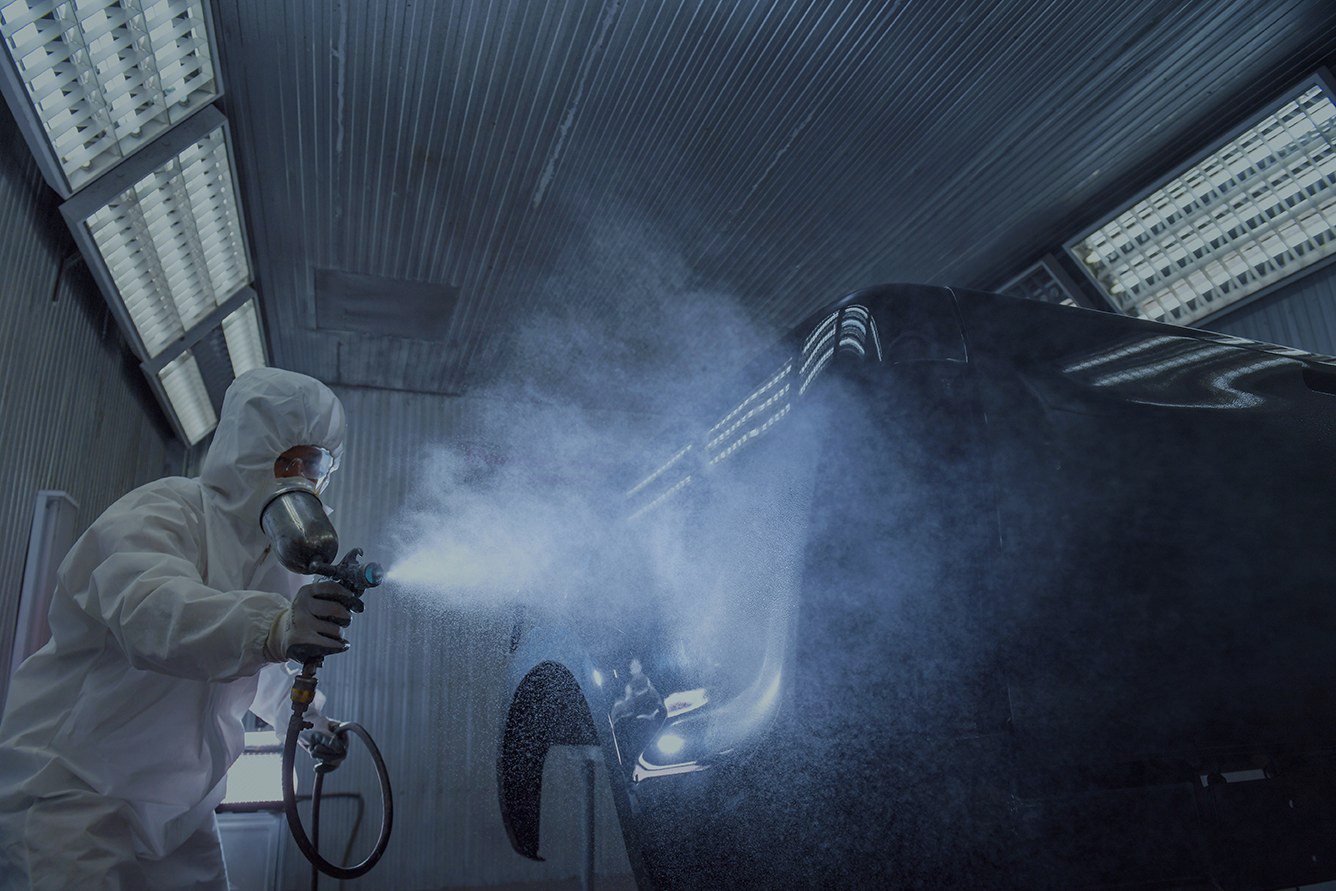Coiled steel is painted by means of roller-coaters within automated lines. To paint rolled steel, one uses enamels by various manufacturers. Using the hot laminating technique enables to apply a protecting film to preserve the decorative coating.
Coil-coating technique to apply liquid coatings
Coil-coating is an up-to-date technique to perform painting, where paint coatings are applied using automated flow lines. Coiled stock sheets are subject to special treatment and further application of paintwork material using roller-coaters.
Sheet metal pre-coating enables to reduce the total costs of products by 20-30%.
Lean process due to as follows: 1. No grease job and degreasing of sheets in coils; 2. Prevention of paintwork material and organic solvent losses; 3. High productivity rate of coil-coating equipment.
The continuous process of painting of coiled metal sheets (“coil-coating”) was developed almost 60 years ago in the USA. Over the past 30 years, the process became a world-renown one. Undoubtedly, powder coating occupies the main niche in painting of various materials, but this method fails to withstand competition with coil-coating, where profiled metal products must be painted
There are the following stages of coiled stock painting:
1. Surface treatment prior to painting 1.1 Double degreasing of the sheet surface in special-purpose baths, using rotating brushes, and further double rinsing with clean water to be sprayed via nozzles; 1.2 Sheet surface passivation by means of a special chromizing solution and further hot air drying. 2. Sheet painting: 2.1 Priming by means of roller-coaters (in order to attain adhesion); 2.2 Primer coat drying in drying furnaces (zoned drying at set temperatures); 2.3 Application of enamels using roller-coaters (painting rollers); 2.4 Enamel drying in drying furnaces (zoned drying at set temperatures); 2.5 Painted sheet coiling.
Curing mode and cross-linking additives shall be selected, depending upon maximum temperature of metal heating, its type and thickness. Curing time is volatile between 20 and 70 seconds, at peak metal temperatures, ranging from 240ºС to 249ºС.
In addition to steel, metals, which the coil-coating technique applies to, include tinned plate and aluminum.
Coiled metal painting on the basis of the coil-coating technique is subject to continuous improvement. Special attention is paid to metal primary chemistry and coating drying stages. Primarily, the quality of finished products and productivity depend upon efficiency of these processes. As an example of up-to-date coating drying solutions the use of IR and UV radiation is mentioned. Certainly, market appearance of new polymer coatings with advanced formulations will also contribute to higher quality of the products manufactured.
Powder coil-coating technology
Powder coating is a less widespread technique of rolled stock coating. The process carries at higher temperatures and requires higher energy costs which, in turn, make it less economically viable. At the same time, in Russia, lines of coiled metal powder coating are available. Among enterprises with a powder coating line there is “INSI”.
The process includes stages as follows:
1. Decoiling and straightening The decoiler keeps the coil stretched and steers a decoiled section of the metal sheet. The straightener facilitates the coil engagement into the line and eliminates sheet distortion in the progress of decoiling. 2. Primary chemistry To be carried out to improve adhesion properties of powder coating and includes stages as follows: steel sheet degreasing, rinsing, deoxidizing, washing and passivation. 3. Powder coating Powder is coated within a powder spray booth, equipped with pneumatic and electrostatic guns and powder paint recovery system. Two booths available enable to quickly change colors. 4. Paint polymerization Powder paint coated is cured in a curing furnace (within a temperature range of 200 - 2600°C) due to IR-radiation, formation of which carries with catalytically assisted combustion of natural gas to be supplied. 5. Cooling and quality control A layer of the paint polymerized and coiled metal are cooled down (at room temperature) prior to application of protective polymer film.
